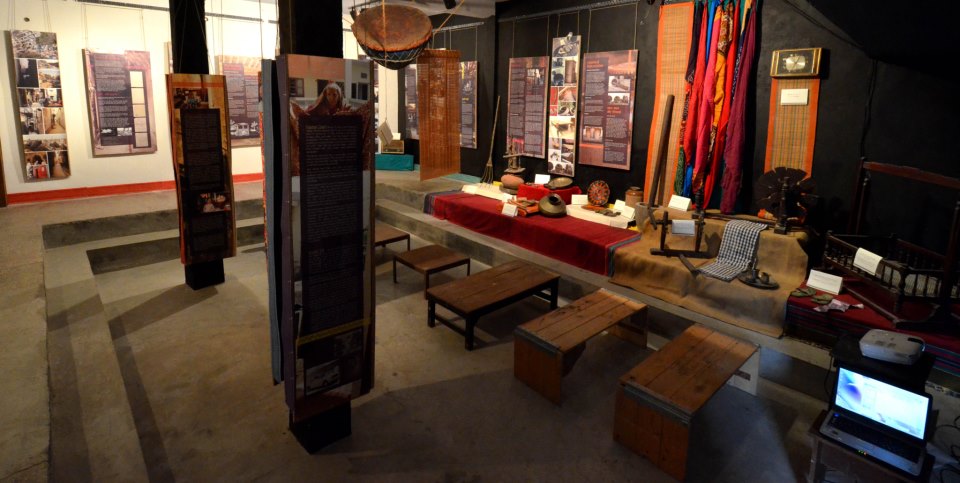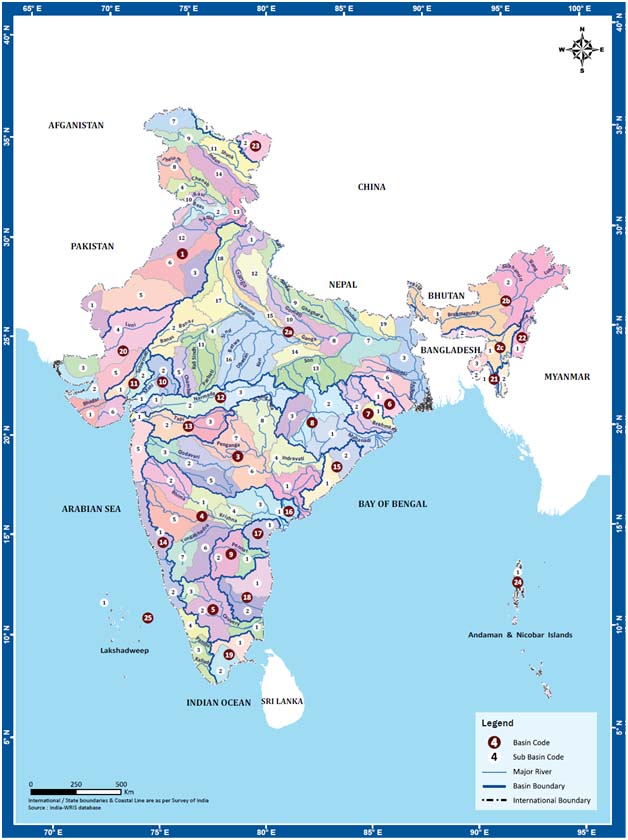/regions/political
Political
The tragic tale of toxic Jadugoda: Videos documenting the devastating effects of uranium mining in Jharkhand
Posted on 12 Feb, 2013 08:11 AMThe rich treasure of uranium in this belt turns toxic for the ‘adivasis’, engulfing them in severe health and safety issues
A shocking story of ‘Toxic neglect’ (Source of video: womenaloudindia)
Guidelines on the integrated low cost sanitation scheme by Ministry of Housing and Urban Poverty Alleviation (2012)
Posted on 11 Feb, 2013 05:41 PMThis document by Ministry of Housing and Urban Poverty Alleviation provides guidelines for the low cost sanitation scheme. The main objective of the scheme is to convert the existing dry latrines into low cost flush latrines and to construct new ones.
Case studies on amelioration of water scarcity in rural Gujarat by Sir Ratan Tata Trust and the Navajbai Ratan Tata Trust
Posted on 11 Feb, 2013 05:03 PMThis document is by journalist Suhit Kelkar on behalf of Sir Ratan Tata Trust and the Navajbai Ratan Tata Trust. It is a collection of case studies on ways to ameliorate water scarcity in rural Gujarat.
PM expresses grave concern on depleting groundwater levels - Roundup of the week’s news (February 4-10, 2013)
Posted on 11 Feb, 2013 07:49 AMPM expresses grave concern on depleting groundwater levels
An exhibition at Studio Safdar in Shadi Khampur traces the history of the urban village and its water systems
Posted on 10 Feb, 2013 07:12 PMGuest post: Amita Bhaduri
West Delhi’s dusty neighbourhood, Shadi Khampur now has its own museum, in the traditional brick-and-mortar sense. I live nearby, have worked out of an office here and am familiar with the alleyways. But I got to know only now, what life in the neighbourhood was like. Its rich history and its connect to larger narratives from the past, like the series of land acquisitions in Delhi, the Emergency, and the anti-Sikh riots of 1984 which had gone largely undocumented and unarchived have been chronicled in the Neighbourhood Museum of Local History of Shadi Khampur, at Studio Safdar, a cafe cum bookstore.

Neighbourhood Museum at Studio Safdar
Source: Facebook page on “Public Art Project at Studio Safdar”
River basin atlas of India – A report by Central Water Commission and Indian Space Research Organisation
Posted on 10 Feb, 2013 01:12 PMThis publication by the Central Water Commission (CWC) and Regional Remote Sensing Centre – West, Indian Space Research Organisation (ISRO) presents the status of water resources development in each of the river basins as per CWC classification. It was launched on November 1, 2012 by Minister of Water Resources Shri. Harish Rawat in a function organized at CWC, New Delhi.
This comprehensive publication gives detailed information of major water resources projects along with the location of all hydrological observation sites including major dams, barrages etc. in all the river basins of India.
This "River basin atlas of India", an outcome of joint project “Generation of Database and implementation of web enabled Water Resources Information System (India-WRIS) in the country”, is a publication by the Central Water Commission (CWC) and Regional Remote Sensing Centre – West, Indian Space Research Organisation (ISRO) that presents the status of water resources development in each of the river basins as per CWC classification. It was launched on November 1, 2012 by Minister of Water Resources Shri. Harish Rawat in a function organized at CWC, New Delhi.
This comprehensive publication gives detailed information of major water resources projects along with the location of all hydrological observation sites including major dams, barrages etc. in all the river basins of India. All these features have been portrayed on the maps with river network, major cities and terrain in background. The hydrological and Flood Forecasting observation sites of Central Water Commissions are also marked in the basin maps.

India-WRIS Sub-basins, Source: River basin atlas of India, CWC and ISRO, 2012
Provision of safe drinking water in rural Bihar: Paper in the Journal of Water, Sanitation and Hygiene for Development
Posted on 10 Feb, 2013 11:21 AMA practical paper that addresses vital gaps in water quality monitoring and institutional weakness, focuses on the role of access and interventions in severely contaminated areas and calls for a drastic shift in the monitoring and intervention strategy to address safe water provision for rural Bihar
National Alliance of People's Movements invites internship applications for research, campaign and outreach and media and communications associates - Apply by February 28, 2013
Posted on 09 Feb, 2013 07:03 PMOffered by
National Alliance of People's Movements (NAPM)
About NAPM
National Alliance of People’s Movements (NAPM) is an alliance of more than 250 grass root people’s struggles in India working on a range of issues related to socio – economic – political - justice and equity. Members affiliated with us are engaged in struggles around the issues of development, displacement, urban and rural planning, environmental concerns, human rights violations, livelihood rights, labour concerns, indiscriminate industrialization, corporate accountability, corruption, governance, electoral reforms and transparency.
Internships and Volunteer opportunities are available at our national office Delhi and regional offices in Hyderabad, Bhubaneshwar, Patna, Mumbai, Pune, Vadodara, Surat, Ahmedabad, Lucknow, Bangalore and also with specific movements across the country.
Department of Land Resources needs experts to run a project implementation unit, for its watershed management project ‘Neeranchal’, on a contractual basis - Apply by February 17, 2013
Posted on 09 Feb, 2013 03:34 PMDepartment of Land Resources, Government of India
Location
New Delhi - The contract of these positions will be for 9 months.
Background
The Department of Land Resources (DoLR) with a view to enhance effectiveness of the Integrated Watershed Management Program (IWMP), is preparing a Watershed Management Project ‘Neeranchal’ with the assistance of the World Bank. The objectives inter alia include supporting the introduction of more holistic watershed planning for better program convergence with other related programmes at village level; strengthening quality oversight arrangements to improve sustainability of investments; building required human resource and institutional capacities at DoLR, State watershed agencies and other stakeholders.


